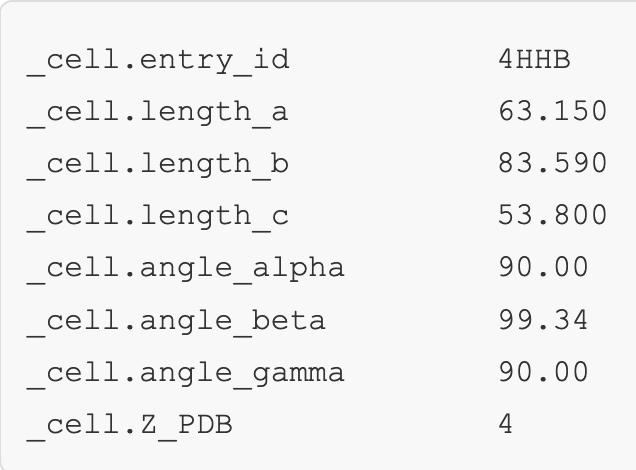Beginner’s Guide to PDB Structures and the PDBx/mmCIF Format
07/16
The constantly-growing PDB is a reflection of the research that is happening in laboratories across the world. This can make it both exciting and challenging to use the database in research and education.
What does PDBx mean? Where are all the hydrogen atoms in this file? Should I care about the R-factor? Why are there 20 overlapped structures in my file? These questions and many others are explored in PDB-101's Guide to Understanding PDB Data. This resource was created to help users navigate through the contents of the archive without having a detailed background in structural biology. Topics cover biological assemblies, molecular graphics programs, R-value and R-free, and more.

A Beginner’s Guide to PDB Structures and the PDBx/mmCIF Format has been added to this collection. The PDBx/mmCIF file format and data dictionary is the basis of wwPDB data deposition, annotation, and archiving of PDB data from all supported experimental methods. And as of July 1st 2019, submission of PDBx/mmCIF format files for crystallographic depositions to the PDB is mandatory.
Past news and events have been reported at the RCSB PDB website and past Newsletters.



